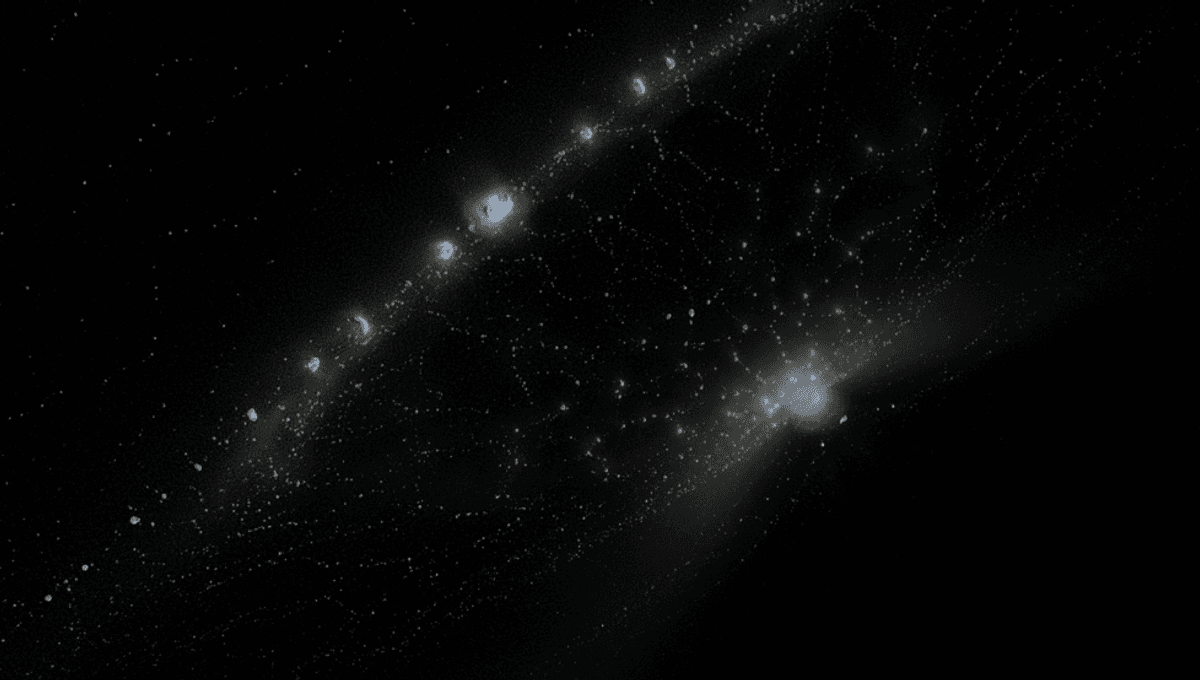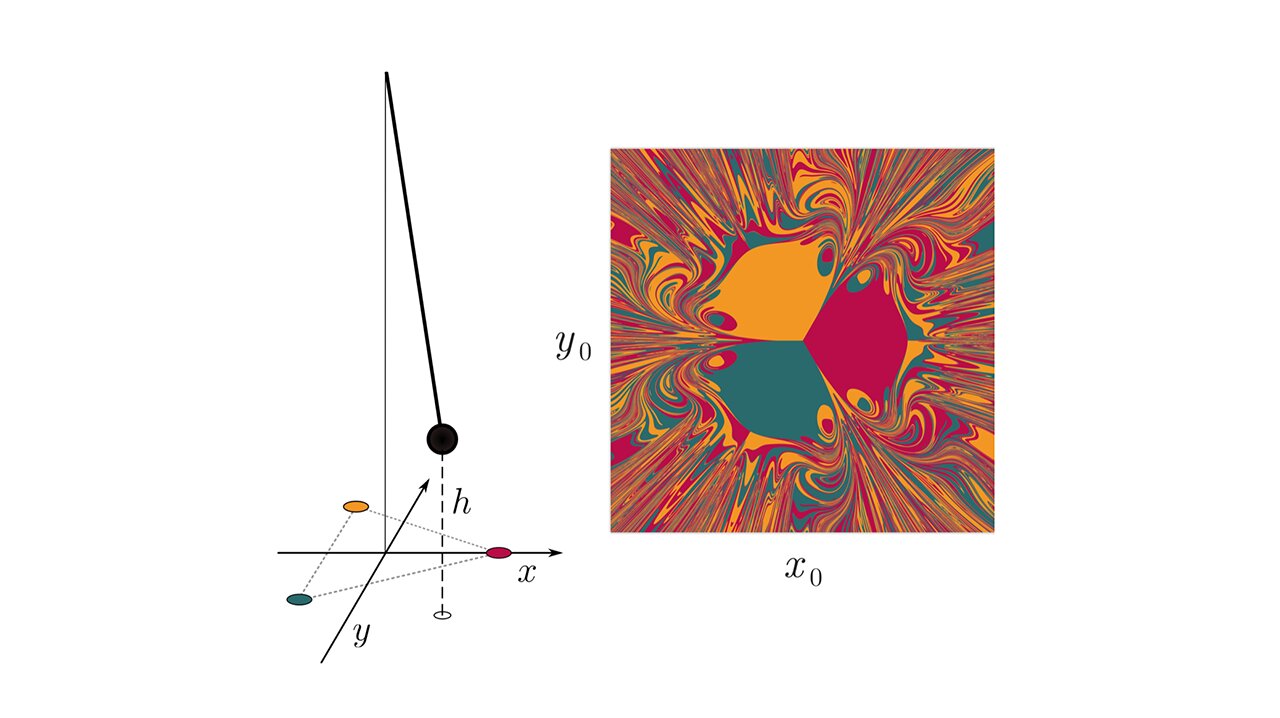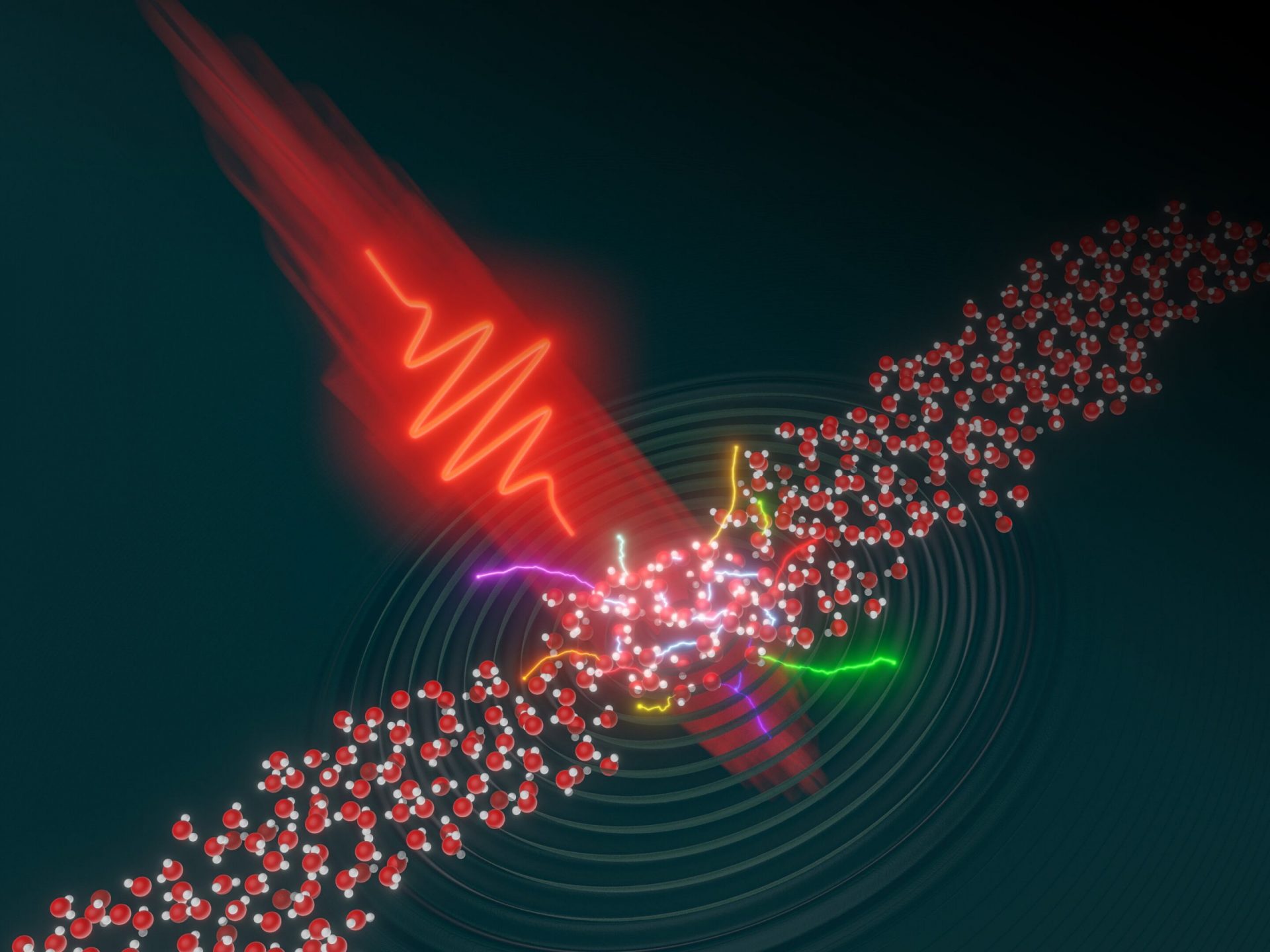Prepare to be amazed: new research suggests that the stunning rings of Saturn may have been formed by a cosmic collision between two satellites. Scientists ran over 200 simulations of this impact and found that in a variety of scenarios, the collision would scatter just the right amount of ice around Saturn, creating the beautiful rings we see today.
“This scenario naturally leads to ice-rich rings,” explained co-author Professor Vincent Eke from Durham University. “When the icy progenitor moons smash into one another, the rock in the cores of the colliding bodies is dispersed less widely than the overlying ice.”
Watch this fascinating video to learn more:
It turns out that Saturn’s incredible ring system is not something the planet was born with. The rings likely formed a few hundred million years ago, according to recent studies. Another theory suggests that a moon may have ventured too close to Saturn, crossing its Roche limit. Once beyond this threshold, the planet’s gravity tore the moon apart, spreading its remains to form the rings.
Of course, the collision scenario is much more dramatic. The Sun’s gravity could have caused a resonance between the two moons, setting them on a collision course. The resulting debris would then spread throughout the system, affecting other moons.
As moons age, they tend to move outward due to gravitational effects. Rhea, one of Saturn’s moons, orbits just outside the resonance threshold. If Rhea were ancient, it would have originated inside the resonance and would not have survived the crossing. The fact that it is still here suggests that a collision scenario formed the rings and reshaped the moons we see today, even spreading ice to other moons in the system.
“There’s still so much we don’t know about the Saturn system, including its moons that may host environments suitable for life,” added Jacob Kegerreis, a research scientist at NASA’s Ames Research Center. “That’s why it’s incredibly exciting to use simulations like these to explore in detail how they could have evolved.”
To learn more about this groundbreaking research, check out the study published in The Astrophysical Journal.








